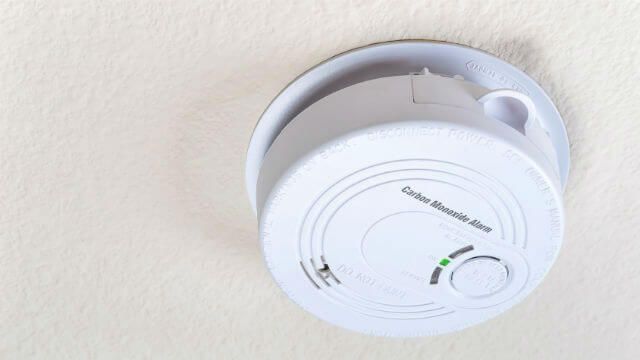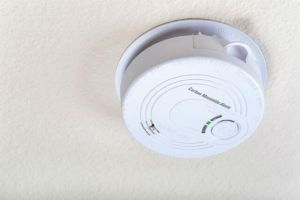
Every year, carbon monoxide (CO) poisoning makes 20,000 to 30,000 people sick, and kills hundreds more. The winter months are especially dangerous, as people are more likely to use heating devices that emit carbon monoxide. As CO is odorless, tasteless, and colorless, most people don’t know that they’re being poisoned until they’re already sick—or worse.
Here are some common questions and answers about carbon monoxide poisoning and how to avoid its dangers.
What is carbon monoxide and why is it dangerous?
Carbon monoxide is a poisonous gas produced when some fuels are burned. It is dangerous to humans and to all creatures who survive on oxygen, as it interferes with our ability to take in oxygen. Red blood cells can actually uptake carbon monoxide quicker than oxygen, so when there is a high concentration of carbon monoxide in the air, it will replace oxygen in the body, which can result in sickness, tissue damage, and ultimately death.
Symptoms of carbon monoxide poisoning include headache, fatigue, shortness of breath, nausea, and dizziness. It is especially dangerous for babies, children, the elderly, and anyone sleeping or intoxicated who may not experience or act on symptoms until it’s already too late.
What causes high carbon monoxide levels?
High carbon monoxide levels are often caused by appliances which use gas, wood, or coal as fuel. Sources may include vehicles running in an enclosed space, wood burning stoves, heaters or fireplaces, and any propane, oil, or natural gas appliance like a water heater, furnace, stove, or fireplace.
How to protect yourself from carbon monoxide poisoning
A surefire and simple way to protect yourself and your loved ones is to install a carbon monoxide detector in your home, especially near people’s sleeping areas. Both battery powered and plug-in varieties are available, and their prices range between 10 and 40 dollars – a very worthwhile investment for your family’s safety.
 The Department of Health also suggests doing the following to avoid carbon monoxide poisoning:
The Department of Health also suggests doing the following to avoid carbon monoxide poisoning:
- Ensure that fuel-burning appliances are installed according to instructions, or better yet, have professionals install them.
- Have the heating system (including chimneys and vents) inspected and serviced regularly for blockages, corrosion, or disconnections.
- Never burn charcoal, use fuel-burning camping equipment, or run a car in an enclosed space.
- Never service fuel-burning appliances without proper knowledge, skills, and tools. Always refer to the owner’s manual when performing minor adjustments or servicing fuel-burning appliances.
- Never use gas appliances such a ovens or clothes dryers for heating your home.
- Never operate unvented fuel-burning appliances in any room with closed doors or windows, or in any room where people are sleeping.
Protecting yourself from the dangers of carbon monoxide poisoning is simple, inexpensive, and potentially life saving. So, if you don’t already have a carbon monoxide detector, or if you haven’t had your appliances or heating system inspected recently, we suggest you do!
-The Alternative Daily
Sources:
http://www.medicinenet.com/script/main/art.asp?articlekey=21837
http://wellnessmama.com/26285/carbon-monoxide-safety
http://www.forbes.com/sites/marijkevroomendurning/2013/08/20/carbon-monoxide-a-silent-killer-are-you-safe

